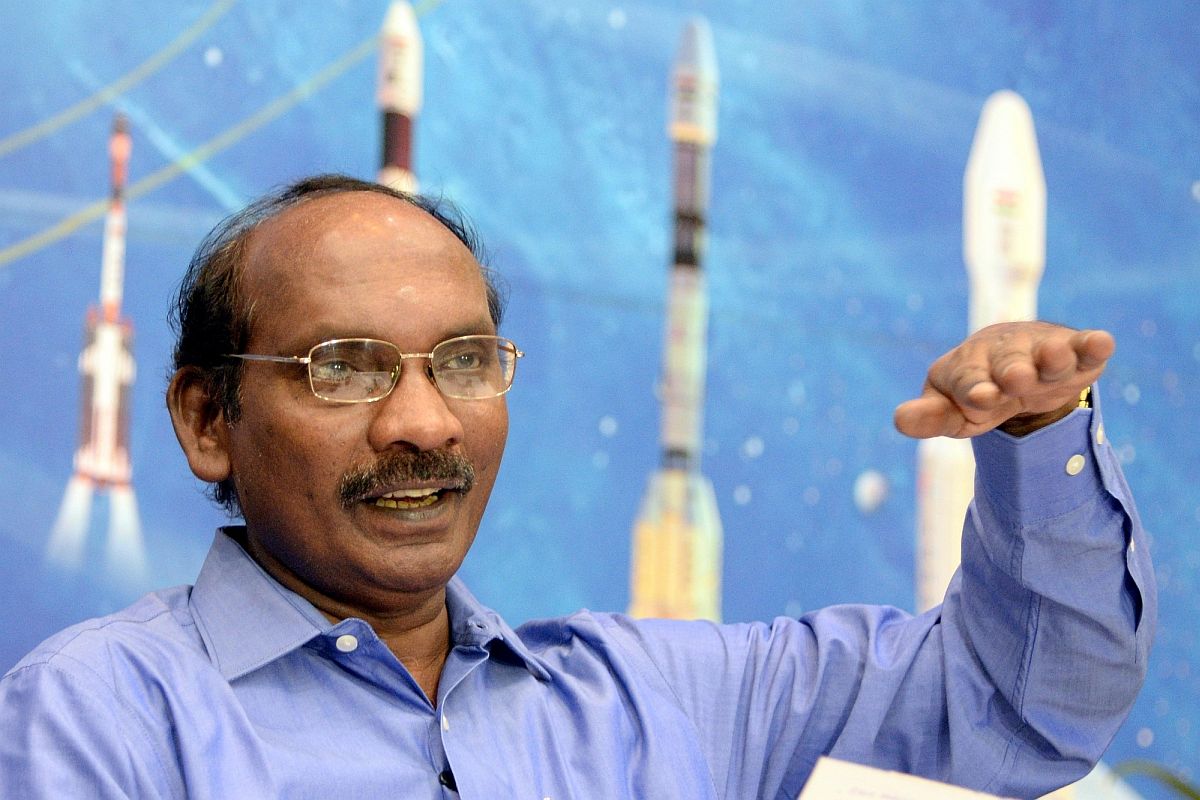Abhijeet Iyer Mitra in conversation with ‘The Statesman Talk’ | Why did ISRO do so well?
Abhijit Iyer Mitra, in conversation with '#TheStatesmanTalk,' discusses PM Modi’s contribution towards the DRDO.
The assertion came shortly after NASA said that its Lunar Reconnaissance Orbiter (LRO) Camera sighted the remains of Vikram lander on the moon’s surface.

Indian Space Research Organisation (ISRO) chief Dr K Sivan. (File Photo: IANS)
Indian Space Research Organisation (ISRO) chief Dr K Sivan on Tuesday said that its own orbiter had located the crashed Vikram lander on the lunar surface.
The assertion came shortly after the National Aeronautics and Space Administration (NASA) said that its Lunar Reconnaissance Orbiter (LRO) Camera sighted the remains of Vikram lander on the moon’s surface.
The #Chandrayaan2 Vikram lander has been found by our @NASAMoon mission, the Lunar Reconnaissance Orbiter. See the first mosaic of the impact site https://t.co/GA3JspCNuh pic.twitter.com/jaW5a63sAf
Advertisement
— NASA (@NASA) December 2, 2019
NASA’s confirmation came after an Indian computer programmer and mechanical engineer named Shanmuga Subramanian contacted NASA’s project after which, the American space agency confirmed the identification by comparing before and after images.
The US space agency, thereafter, credited the Chennai techie for the discovery.
Subramanian said he had launched a separate search of his own and had taken it up as a challenge after NASA had given up.
Subramanian, who works as an information technology architect, in his spare time looked through the images taken by NASA’s Lunar Reconnaissance Orbiter (LRO) camera on September 17 and spotted debris from Vikram.
However, the ISRO chief said that the space agency’s own orbiter had earlier located the crashed Vikram lander, but refused to deny the claims made by NASA.
“You can see on our website that we have already identified the crashed lander, however, “We don’t want to refute the claims made by NASA,” he said while speaking to media on the sidelines of the sixth convocation of the Central University of Rajasthan in Ajmer on Tuesday.
Sivan further informed that ISRO is scheduled to complete 13 space missions by March 2020.
“These include six launch vehicles and seven satellite missions. Apart from these projects, ISRO shall be launching project Aditya-1 soon, through which information about the origin of the sun will be collected and activities under the sun will be explored. Information can also be collected about the Solar Storm.”
Sivan also announced that ISRO would launch the radar imaging satellites soon.
In a huge setback for ISRO, communications between India’s moon lander Vikram and the orbiter got snapped as the former was only 2.1 km away from its designated landing spot on the moon’s South Pole in the wee hours of September 7.
The lander, which was expected to make a “soft-landing” on the lunar surface crashed and communication was lost, throwing a pall of gloom at the ISRO centre.
Not losing hope, the ISRO made all-out efforts to establish a link with Chandrayaan-2’s ‘Vikram’ lander with US space agency (NASA) also joining the “home-calling” exercise.
The space agency had earlier announced that the lunar lander of Chandrayaan-2 had been located but was unable to establish any communication.
Chandrayaan-2, India’s second moon mission spacecraft, lifted off successfully onboard the “Bahubali” rocket from Satish Dhawan Space Centre in Sriharikota in Nellore district of Andhra Pradesh on July 22.
After five earth-bound orbit raising activities, Chandrayaan-2 was inserted into lunar orbit. The lander Vikram carrying the rover Pragyan separated from Chandrayaan-2 spacecraft on September 2, in its journey towards the moon. However, the lunar mission faltered in the last leg.
Advertisement